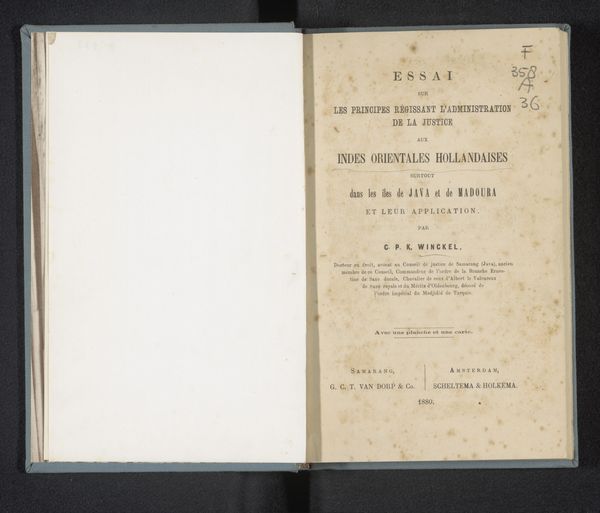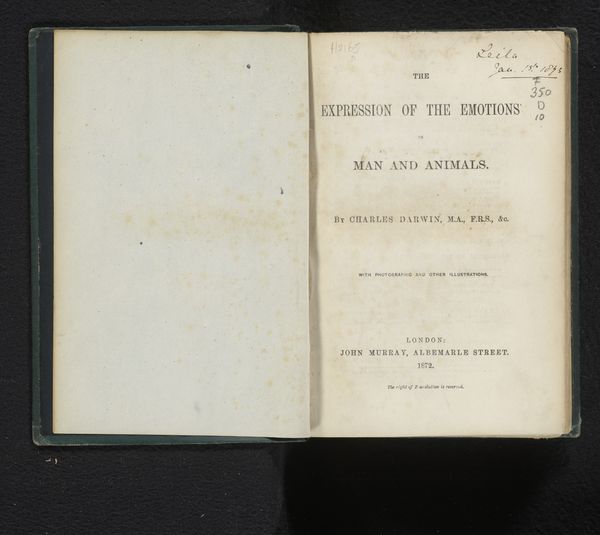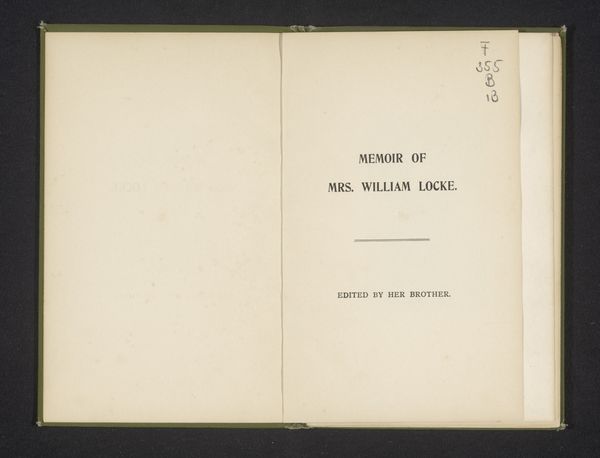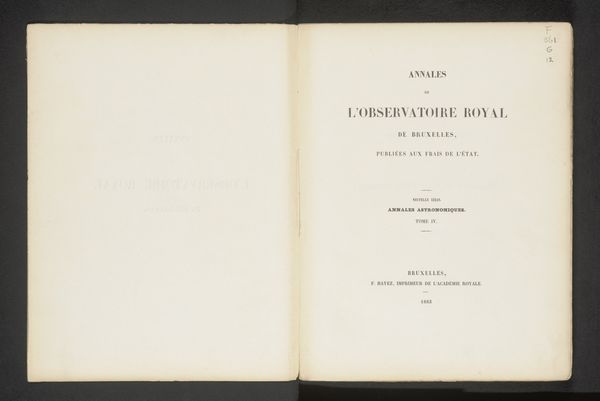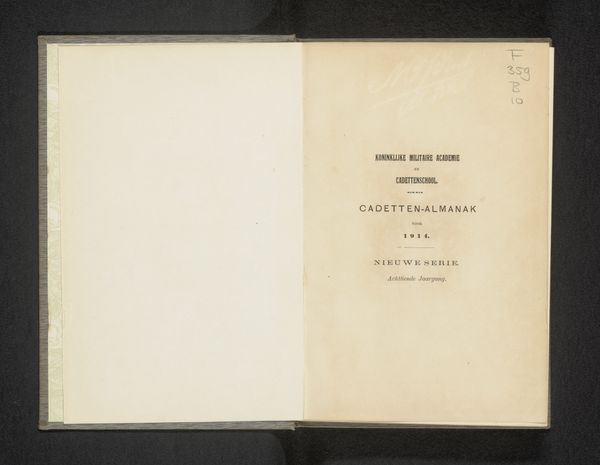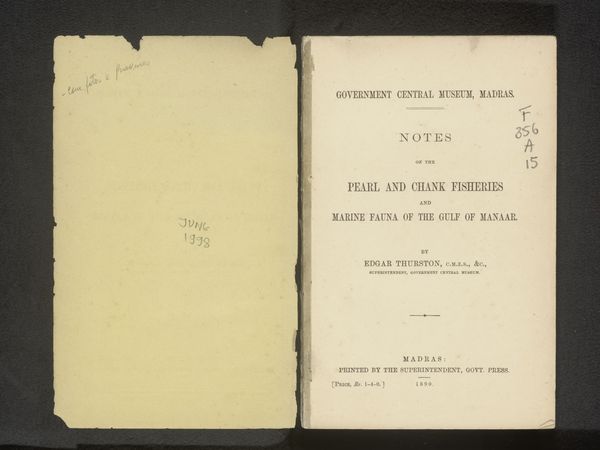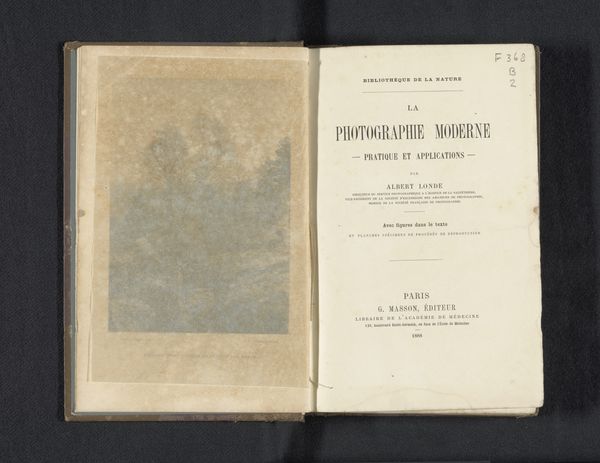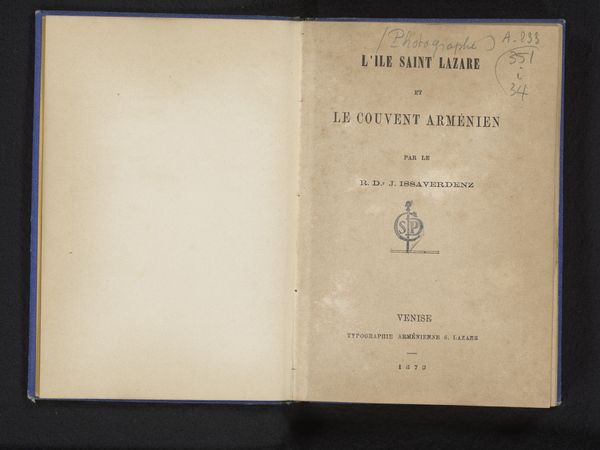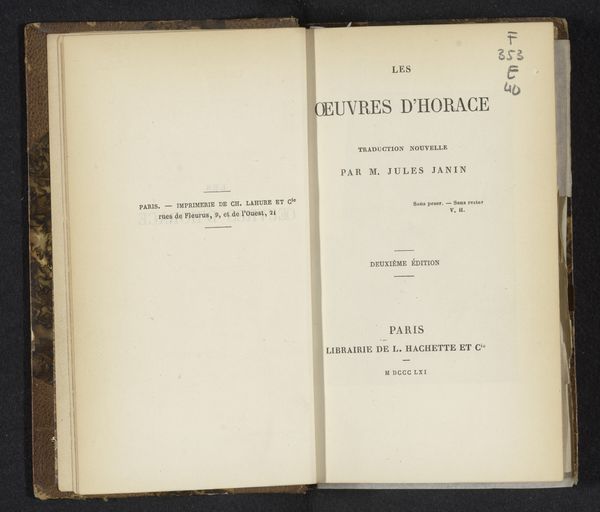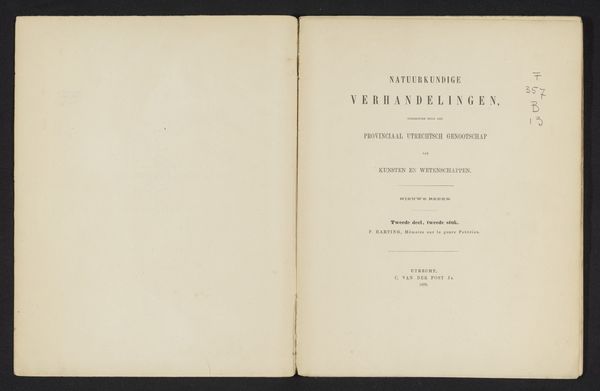
print, textile, photography
# print
#
book
#
textile
#
photography
Dimensions: height 230 mm, width 146 mm, thickness 8
Copyright: Rijks Museum: Open Domain
Curator: What strikes me immediately is the physicality of this object—it looks like a well-loved, handled thing. Editor: Exactly. We're looking at a spread from A. Herlant’s "Introduction à l'étude descriptive des médicaments naturels d'origine végétale," published in Brussels in 1888. The page includes letterpress printing and photography. The whole book is an attempt to categorize plants of medicinal significance, making knowledge accessible. Curator: The materials speak of utility and dissemination: relatively inexpensive paper, clear typography. It underscores the ambition to make complex information readily available. How was knowledge usually produced in this period, compared to this instance of easily available writing and photography? Editor: Consider the historical context: the rise of industrial printing, advancements in photography allowed a broader audience access to information that was previously tightly controlled. We also have the establishment of professional botany. These illustrated volumes gave a material authority, making knowledge more readily consumable by wider circles in society. Curator: Absolutely. The printing, binding and the incorporation of photographs. The publisher clearly invested in communicating information in a manner beyond mere function. And look at that handwriting at the top; someone has marked this text. I can make out "Vanthure G Paliaz", with what appears to be catalogue and stock notations on it, perhaps by the author himself, a bookbinder or reseller. These marks hint at a history of use, showing how valued such works must have been at the time for scientists. Editor: That's a fantastic insight. Thinking about it from an art-historical perspective, its accessible design made information approachable in the everyday lives of those who sought understanding from plants. Curator: To think that those methods are becoming increasingly important today for a wide range of actors and contexts in our current socio-economic structure makes me excited about where art can be taken, produced, disseminated and democratised. Editor: Indeed, revisiting this allows us to understand both the social context of science and the value in how people consume accessible information from our surroundings even today.
Comments
No comments
Be the first to comment and join the conversation on the ultimate creative platform.
